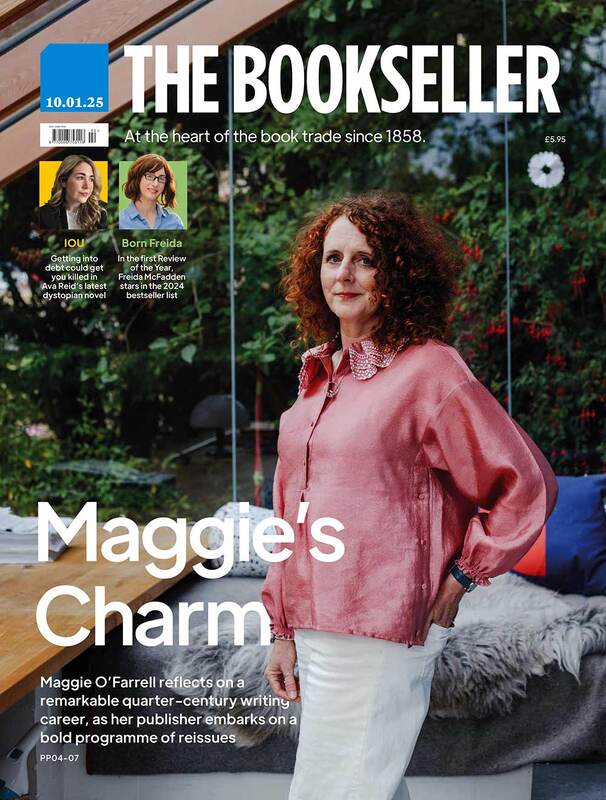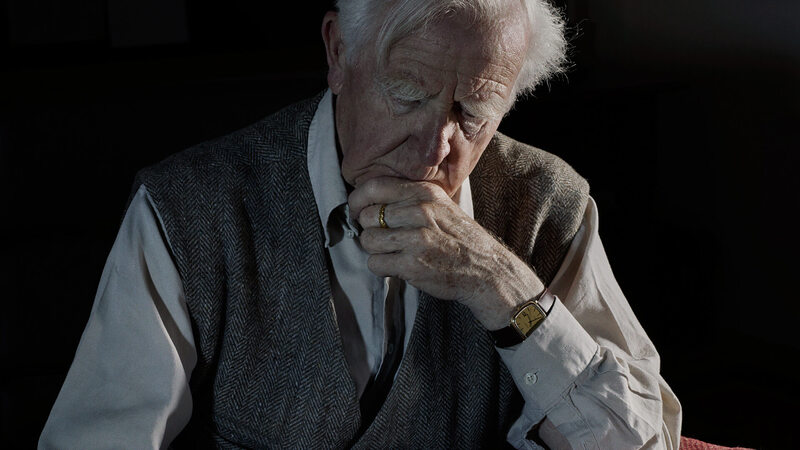You are viewing your 1 free article this month. Login to read more articles.
Carlos Ruiz Zafon: Barcelona gothic
No especial fanfare surrounded the publication by Planeta in Spain two years ago of Carlos Ruiz Zafon's fifth book, his first for adults, titled The Shadow of the Wind. The tale of a young boy growing up in Barcelona who becomes obsessed by a mysterious writer, Julian Carax, author of a forgotten title also called "The Shadow of the Wind", the book did not cater to mainstream literary taste and its reception seemed uncertain.
Booksellers championed the novel, however, and sales began to grow by word of mouth. The phenomenon blossomed, and The Shadow of the Wind has now spent 35 weeks continuously on the Spanish bestseller lists, selling more than 300,000 copies. Rights have been sold in 20 countries, and in Germany, where it has already been translated, it has also proved a success, reaching number one on the Der Spiegel bestseller list.
The English translation (by Lucia Graves) will be out in May, published by Weidenfeld&Nicolson (13th, £12.99, 029784752X), with an author visit to the UK planned for publicity.
Zafon was born in Barcelona in 1964, and grew up in the city, going to university and working in advertising there before moving in his late 20s to Los Angeles to work as a scriptwriter. He had written four books for young adults, he explains, before he decided the time had come to sit down to write a novel set in his native city--a book in which he aimed to use every technique to engage and fascinate his readers with what he describes as "the alchemy of ink and paper".
He had no interest, he explains, in producing work in tune with Spanish literary fashion. "I always felt that my sensibilities were against that current," he says. "I read a lot in English, and I always return to the great 19th-century novelists; recently I was reading David Copperfield again, and I was astounded at how some portions are so dependent on the context of the time, but in other parts, the writing, the language and the structure have so much power after 150 years." Wilkie Collins was another favourite, as were the Russian greats Tolstoy and Dostoevsky.
What he hoped to do in The Shadow of the Wind, he says, was to create "an intense reading experience" similar to that created by the 19th-century writers, but for a modern readership. "I feel that readers today are so sophisticated in the way they absorb messages, images, symbols from advertising and journalism, the many things we are bombarded with. I think it's important to stimulate all the nerve endings."
Into his book, therefore, he brought a potent mix: a coming-of-age story set in Barcelona's post-war years (The Shadow of the Wind opens in 1945), an edge of fantasy, a tragic love story, and a labyrinth of mystery surrounding a writer whose work has been systematically destroyed.
"I wanted a big saga with many characters and many elements," Zafon says. "My ambition was to pull off something that was at the same time a mystery, a romance, a saga, a comedy of manners, and a gothic novel, so that none of these things would collide. I think that reading a novel is like spending a holiday in the brain of the author. You have to say, 'Welcome to the fun house, we have many tricks in here and I guarantee the ride will be intense.'
"I am trying to create something that to the reader looks seamless. I don't want the reader to see the nuts and bolts. It is like when you look at a perfect building, you forget about what sustains it, you have the illusion of grace, you think, 'How impressive'. It is only later you start to wonder about the engineering."
The Barcelona setting is key to the phenomenal appeal of the novel, he says. Zafon grew up in the city, just a stone's throw from Gaudi's extraordinary cathedral, the Sagrada Familia, and he attended a Jesuit school housed in a gothic red-brick extravaganza on the other side of the city. "Barcelona is a city which has never been burned or bombed, so it has this labyrinthine structure of history. You can see the evolution of the city in the architecture. It has a special feeling about it--not just the fashionable Barcelona with lots of cafés--a special atmosphere that is the soul of the city. It's the great enchantress, it's seductive. Madrid is a man, but Barcelona is a woman, and a mysterious one."
Benedicte Page








